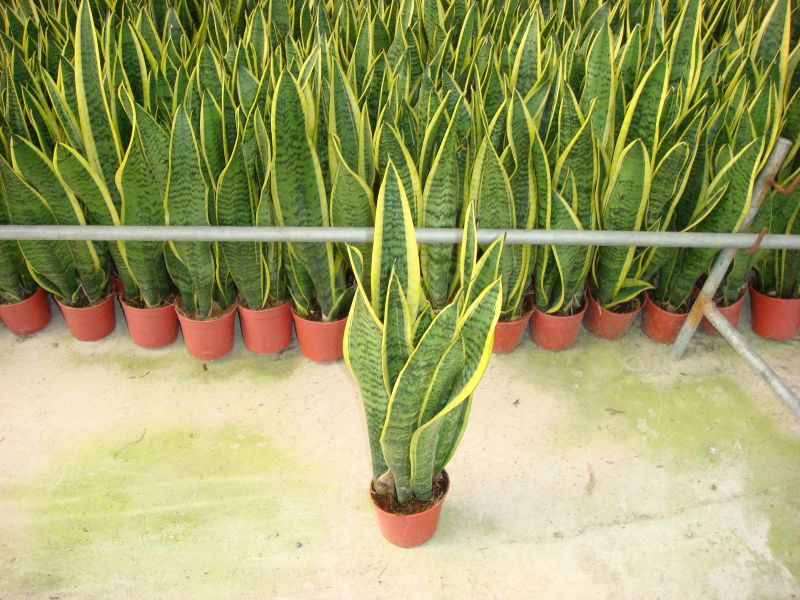When it comes to choosing hard-to-kill houseplants, you’ll be hard-pressed to find a better option than snake plants. The snake plant, also known as dracaena trifasciata, sansevieria trifasciata, or mother-in-law’s tongue, is native to tropical West Africa. Because they store water in the leaves, they are virtually indestructible. These popular, low-maintenance plants are slow-growing and can grow anywhere from 8 inches to 12 feet with proper care, depending on the cultivar.

Snake plants feature narrow, upright leaves with striking white and yellow stripes, making them a great addition to your home or office. Allergy sufferers will appreciate the air-purifying properties of snake plants: they are especially suitable for bedrooms because they produce oxygen at night. In some cultures, snake plants represent good luck and positivity—but most importantly, they can survive for a decade or more with little to no care. Oh they are cheap! Read on for everything you need to know about snake plants, including how much sunlight and water they need to thrive.
Believe it or not, there are more than 70 different species of snake plants. A few examples you might consider are:
If you’re new to caring for plants, snake plants are a great option because they can handle a lot of neglected issues. They make great indoor container plants, but you can also grow snake plants outdoors in warmer climates.
While bright indirect sunlight is an ideal environment for snake plants, they can tolerate a range of other extreme conditions, whether it’s a sunny room or a dark corner. Be sure to regularly wipe the plant’s leaves with a damp cloth to increase their photosynthetic capacity.
This indestructible plant has broad leaves that hold moisture well. Therefore, water only when the soil is almost dry, and can be watered every two to eight weeks. Remember, it is not necessary to mist the leaves.
Snake plants are prone to root rot, so choose a well-drained soil. Choose a commercial potting mix for succulents or cacti.
✔️ Overwatering: If your plant’s leaves are bent or falling, you may have overwatered. Avoid this to ensure their roots remain firm; never soak them in water for extended periods of time.
✔️ Extremely cold temperatures: Extremely cold temperatures can cause leaves to appear yellow, scarred or even mushy. Trim damaged leaves and allow healthy leaves to thrive without any problems.
✔️ Pest Infestation: Common houseplants, such as snake plants, tend to attract mealybugs. If the leaves start to show white spots or other signs of deformation, they may have infected your plant.
✔️ Pets: Pet lovers, beware. Snake plants contain saponins that are toxic to cats and dogs. (It can also cause gastrointestinal problems in humans if the leaves are accidentally ingested).
Bottom Line: If you’re looking for stress-free greenery to liven up your home, snake plants are a great choice. Master the basic care tips for these snake plants, which can easily fill your space with beauty and fresh, healthy air.
Post time: Jul-20-2022
